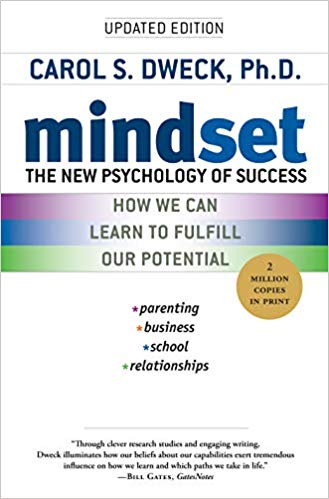

This article is an excerpt from the Shortform summary of "Mindset" by Carol Dweck. Shortform has the world's best summaries of books you should be reading.
Like this article? Sign up for a free trial here .
Who is Nadja Salerno-Sonnenberg? How did the violinist discover that her talent alone was not going to lead her to a successful career in music?
Nadja Salerno-Sonnenberg is a highly accomplished violinist and music teacher. But she almost ruined her future as a violinist with her fixed mindset.
We’ll cover the dangers of a fixed mindset (Carol Dweck, Mindset) and how Nadja Salerno-Sonnenberg turned her early violin career around.
Why Attitude Almost Ruined the Career of Nadja Salerno-Sonnenberg
If you believe you’re supremely talented, you have more to lose by trying than untalented people have. Effort is scary for people with a fixed mindset because:
- Geniuses aren’t supposed to need effort.
- If you apply effort and failure, you don’t have any excuses. But if you didn’t try and failed, you can say, “I could have done (X).”
Nadja Salerno-Sonnenberg, a talented young violinist who debuted at age ten with the Philadelphia Orchestra, almost derailed her career when she reached Juilliard and refused to expend any effort out of fear of failing. When she arrived there and faced stiff competition, she lost confidence. She had many bad habits, including the way she held her violin, but she wouldn’t change them. She stopped bringing her violin to lessons until the teacher confronted her. Afraid of losing the teacher, she made a turnaround and trained seriously for a competition, which she won, having learned the value of effort.
For a growth-minded person, failure is not making the effort to pursue something you really want. Tennis great Billie Jean King said that when you look back on your life, you can say one of only two things: “I gave my all” or “I could have been…” Growth-minded people believe in giving their all.
What We Can Learn From Nadja Salerno-Sonnenberg
What can we learn from Nadja Salerno-Sonnenberg? A fixed mindset is detrimental to success. Achievement in school also starts with mindset. Researchers measured students’ mindsets as they transitioned to junior high school, which is a particularly challenging time for adolescents, then followed them for two years.
The students started out with similar grades but after the transition with its new challenges, the grades of fixed-mindset students, like the young Nadja Salerno-Sonnenberg, declined, while those of growth-oriented students improved.
The fixed-mindset students tried to rationalize their poor grades with explanations such as “I’m no good at math” or they blamed the teacher. They viewed the change to junior high as threatening because it could expose them as failures. They protected themselves from failure by not trying (the low-effort syndrome), as the young Nadja Salerno-Sonnenberg did by not taking her violin to class.
In contrast, the growth-minded students faced the tougher environment by doubling down and working harder. They welcomed the opportunity to learn what they like and might achieve.
A famous example of doubling down is the experience of George Danzig, a math graduate student at Berkeley. Once, he arrived late as his math class was ending and hurriedly copied two problems from the blackboard that he assumed were the assignment. They were quite difficult and it took him days of effort to solve them. It turns out that they weren’t intended to be homework problems, but were two famous problems no one had ever solved.
———End of Preview———

Like what you just read? Read the rest of the world's best summary of "Mindset" at Shortform . Learn the book's critical concepts in 20 minutes or less .
Here's what you'll find in our full Mindset summary :
- The difference between a growth and a fixed mindset
- How a fixed mindset keeps you back throughout your life: education, relationships, and career
- The 7 key ways to build a growth mindset for yourself






